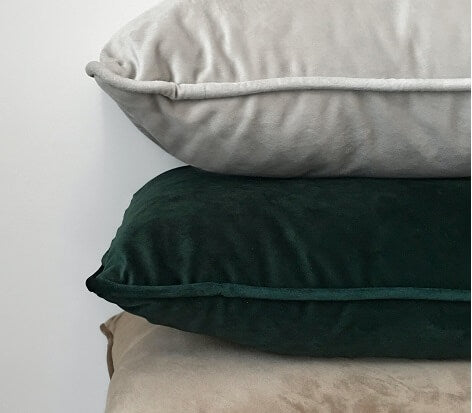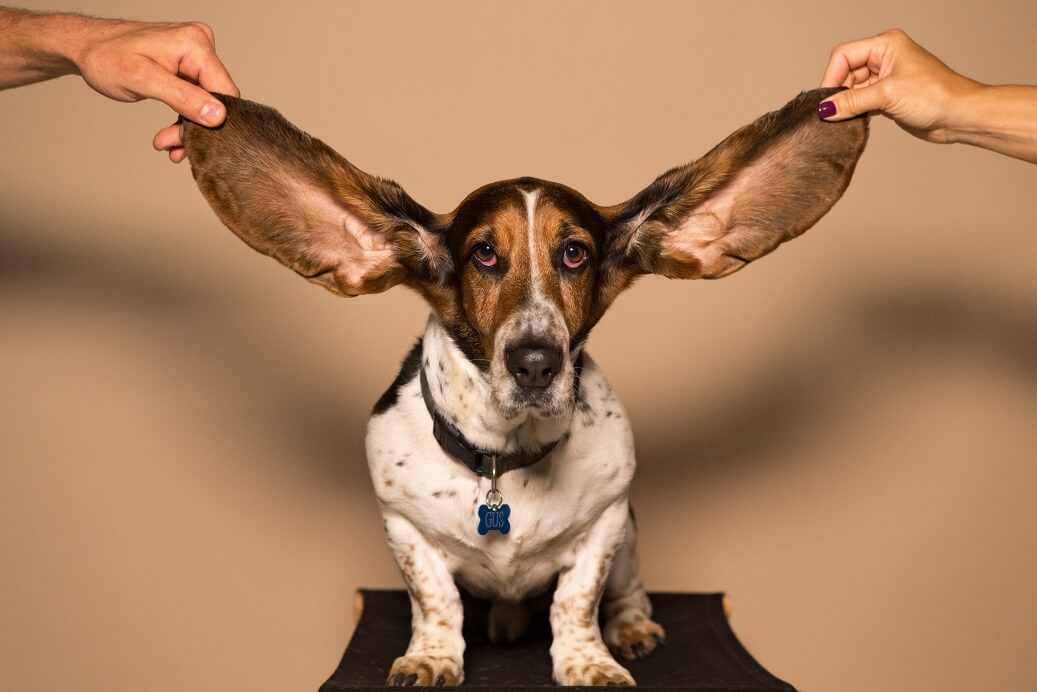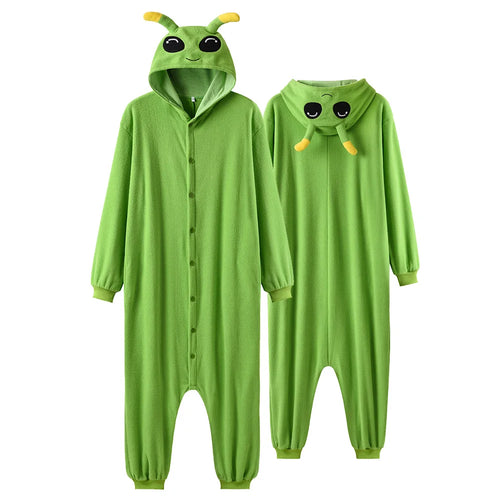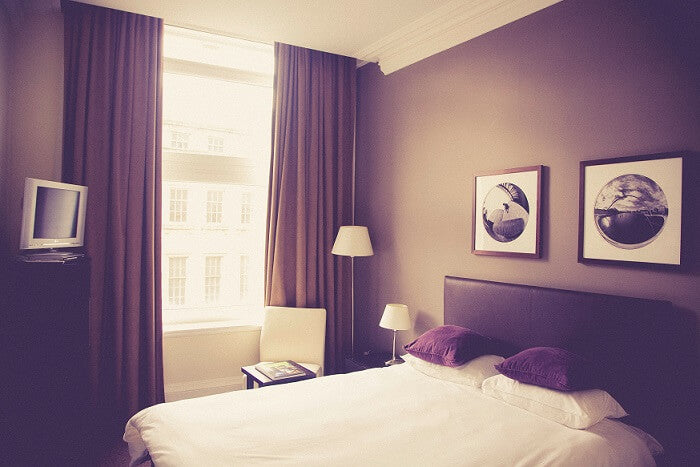Are you tired of being woken up in the middle of the night by the sound of snoring or other noises that disrupt your sleep? The best white noise machine for sleeping may be the solution you've been looking for. In this blog post, we will explore how to use white noise to block out snoring and other noises, allowing you to sleep soundly and wake up feeling refreshed.

Understanding White Noise and Its Benefits
White noise is often compared to a sonic blanket that envelops your sleeping environment, effectively minimizing the impact of external sounds that can disrupt sleep, such as snoring. It works by producing a consistent auditory backdrop—a blend of various frequencies at the same intensity—that can mask interruptions from the surrounding environment. The premise is simple yet powerful: by maintaining a steady stream of ambient sound, white noise makes sudden noises less jarring and noticeable, reducing the likelihood of being startled awake. This attribute is especially beneficial for light sleepers or those living in noisy neighborhoods, as it can significantly enhance sleep quality. For individuals with tinnitus, a tinnitus white noise machine can offer additional relief by providing a soothing soundscape that helps mask the ringing or buzzing often associated with the condition, further promoting restful sleep.
Another key advantage of white noise is its potential to induce a more tranquil and conducive sleep atmosphere. The monotonous and unobtrusive nature of white noise can also aid in relaxation and stress reduction, making it easier to fall asleep. Its application is versatile, offering relief not only from snoring but also from other common disturbances like urban traffic or household noise. For many people wondering how to sleep when someone is snoring, white noise provides a simple yet effective solution. It's important to note that while white noise is universally beneficial, individual preferences for specific sounds or volumes may vary. This variability underscores the importance of finding a white noise setting or device that aligns with personal comfort levels and sleep preferences. Through its ability to drown out disruptive sounds and create a serene sleep environment, white noise emerges as a practical and effective tool in the pursuit of uninterrupted and restorative sleep.
The Science Behind White Noise and Sleep
Emerging research in the field of sleep science illuminates the efficacy of white noise as a tool for enhancing sleep quality. The core principle of how white noise functions to improve sleep lies in its capacity to create a consistent auditory environment, which can significantly diminish the disruptive nature of external noises. This steadiness in sound helps to maintain the brain's threshold for reacting to sudden noises lower, which is critical for preserving deep sleep phases.
A key aspect of white noise's impact on sleep involves its interaction with the brain's processing mechanisms. The brain continuously monitors the environment for potential threats, even during sleep. This monitoring is less sensitive in the presence of white noise because it masks the variability of external sounds that could trigger the brain's alert systems. Consequently, this masking effect not only minimizes the disruptions caused by unexpected noises but also potentially reduces the time it takes to fall asleep by offering a soothing, predictable sound landscape.
Clinical studies provide quantitative backing for these qualitative observations, demonstrating a reduction in sleep onset time—meaning individuals fall asleep faster—and a decrease in nighttime awakenings when white noise is present. These improvements contribute to a more consolidated sleep pattern, which is paramount for achieving restorative sleep and optimal health benefits. The physiological benefits extend beyond the auditory system, suggesting that white noise's uniformity can have a calming effect on the nervous system, thereby promoting relaxation and easing the transition into deep sleep stages. This harmonious blend of psychological and physiological responses underpins the science supporting white noise as a beneficial sleep aid.
How to Use White Noise to Block Out Snoring
To effectively employ white noise for snoring mitigation, consider several practical steps. Begin by selecting a white noise source, which could be a specialized machine designed for sleep environments or a mobile application equipped with a range of soundscapes. Position this device strategically near your sleeping area to ensure the sound evenly blankets your sleep space, masking the disruptive noises with its consistent auditory layer.
Adjusting the sound level is crucial for maximizing the benefits of white noise. Start with a moderate volume that feels comfortable and soothing to you, rather than overwhelming. It's important to find a balance where the white noise is loud enough to obscure the snoring sounds without becoming a distraction itself. Each individual's preference for volume may differ, so some experimentation may be required to identify the optimal setting for your specific situation.
Additionally, explore the variety of sounds available if your chosen device offers multiple options. While traditional white noise—a constant, static-like sound—is effective for many, others may find that sounds mimicking rainfall, ocean waves, or even a steady heartbeat are more conducive to masking snoring noises and promoting relaxation.
Incorporating white noise into your bedtime routine can further enhance its effectiveness. Consistently using white noise as part of your pre-sleep ritual can signal to your body that it's time to wind down, making it easier to transition into sleep despite any external noise interruptions. Over time, this consistent use can help foster a deeper, more uninterrupted sleep pattern, providing relief from the disruptive effects of snoring.

Other Noises White Noise Can Mask
White noise's versatility extends far beyond simply drowning out the sounds of snoring; it is an effective countermeasure against a variety of disruptive noises that can interfere with your rest. Urban dwellers often find solace in white noise's ability to neutralize the din of city life, including the incessant hum of traffic, sirens, and the clamor of nightlife. It's not just outdoor noises that white noise can help with; indoor disturbances like the whir of a ceiling fan, the ticking of a clock, or even the sudden, unexpected noise of household appliances can be softened. For those living in close quarters, such as apartment buildings or shared accommodations, white noise can serve as a barrier to the sounds of neighbors’ conversations, footsteps, and other activities, allowing for a more secluded and undisturbed sleep environment. Pet owners may also appreciate white noise's capability to obscure the sounds of barking dogs or nocturnal pets. Furthermore, it can offer a reprieve for parents, masking the minor disturbances that can wake light-sleeping children. The ability of white noise to blend a wide range of frequencies into a cohesive sound landscape makes it uniquely equipped to minimize the intrusion of diverse noises, fostering an atmosphere conducive to relaxation and uninterrupted sleep. Its utility in creating a consistent auditory environment positions white noise as a multifaceted tool in the quest for a peaceful night's rest amidst the cacophony of everyday life.
Choosing the Right White Noise Machine for You
Selecting an appropriate white noise machine can significantly enhance your sleep experience, ensuring you wake up feeling more rested and less affected by snoring and external noises. First, assess the variety of sounds a device offers. Many white noise machines provide a range of sounds from pure white noise to more naturalistic settings like rainforests or ocean waves. Depending on your personal preference and what you find most soothing, having options can be a significant advantage.
Volume control is another crucial feature to look out for. The ability to adjust the sound level allows you to tailor the background noise to your environment and needs, ensuring it's effective without being intrusive. Look for machines that offer a wide volume range to accommodate different situations and preferences.
Portability may also be a factor to consider, especially if you travel frequently or want the flexibility to move your device from room to room. Compact and lightweight machines are ideal for on-the-go use, allowing you to maintain your sleep routine wherever you are.
Finally, take into account the machine's usability and power source. A user-friendly interface and options for both AC and battery power add convenience and versatility. By carefully considering these aspects, you can choose a white noise machine that not only suits your lifestyle but also significantly improves your sleep quality.
Tips for Incorporating White Noise into Your Sleep Routine
Integrating white noise into your nightly routine can significantly improve your ability to fall and stay asleep, especially if you're combating disruptions like snoring. One effective strategy is to make white noise a consistent element of your bedtime ritual. Begin by turning on your white noise machine or app at the same time each evening as you prepare for bed. This consistency helps your brain associate the sound with sleep, reinforcing a healthy sleep-wake cycle.
Experimentation is key in discovering the ideal sound and volume that works best for you. Some may prefer the soothing rush of ocean waves, while others might find solace in the steady hum of static white noise. Adjust the volume to a level that masks unwanted noises but doesn't interfere with your comfort.
Additionally, consider using white noise during daytime naps or in unfamiliar sleeping environments, such as hotels, to create a familiar auditory backdrop that eases the transition into sleep. This practice can make falling asleep in new places less challenging, ensuring you get the rest you need regardless of your location. By following these tips, white noise can become a valuable ally in your pursuit of a restful night's sleep, free from the disturbances of snoring and other external noises.
FAQ
1. Is it okay to sleep with white noise every night?
Sleeping with a white noise sound generator is generally considered safe for hearing. However, prolonged exposure to loud volumes, even of white noise, can potentially lead to hearing damage. It's advisable to use white noise at a moderate volume level to minimize any risk of harm.
2. Is it better to sleep in silence or with white noise?
Sleep Science also supports the inclusion of white noises and sound machines to promote better sleep. The methods of sound devices and white noises are scientific with terrific results. People who have tried these techniques positively said that their sleep quality became better.
3. What are the side effects of white noise?
White noise exposure near its maximum volume is harmful in multiple ways. Loud, extended noise exposure causes mechanical stress to inner ear sensory hair cells, inflammatory damage to their supporting structures and damage to the nerve ending to the hair cells.
What to read next

Sleep Soundly: The Top Mattress Protectors for Allergy and Asthma Relief

Sleep Soundly: Tips for Safe and Cozy Baby Sleepwear

Uncover the Surprising Benefits of Sleeping in a Hoodie
What to buy
 White Noise Machine – USB Rechargeable
White Noise Machine – USB Rechargeable
Kigurumis Anime Onesies

3D Cartoon Ghost Throw Pillowcase – Spooktacular Style for Your Home







